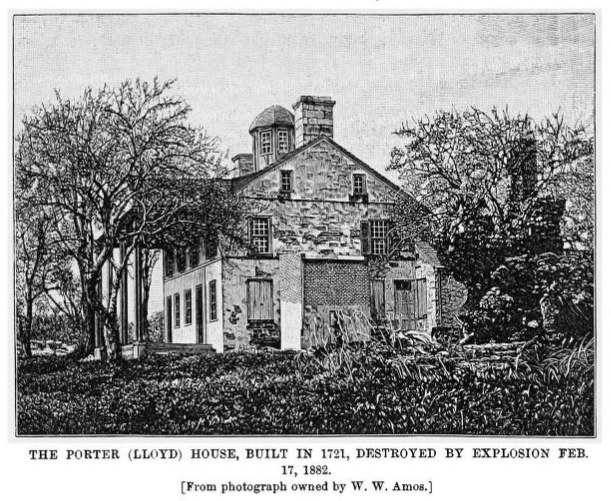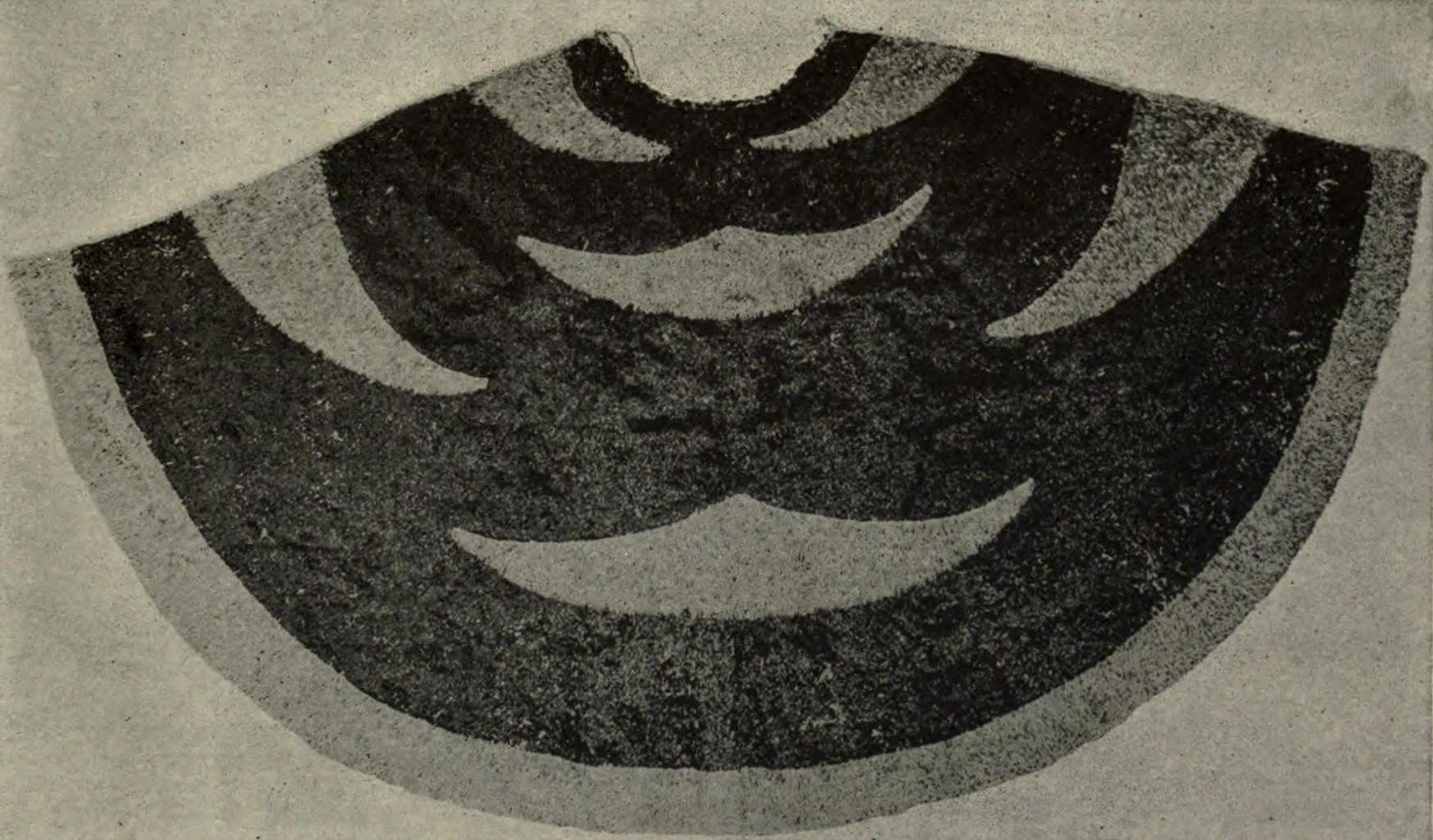|
USS Decoy (1822)
USS ''Decoy'' was a schooner in the United States Navy during the 1820s. ''Decoy'' was purchased 27 December 1822 by Commodore David Porter in New York under the name ''Zodiac''. On 16 January 1823 she sailed from New York under the command of Lieutenant Lawrence Kearny to join the West Indies Squadron. Newly organized by the Navy for the suppression of piracy in the West Indies, this force was composed of small shallow-draft ships capable of cruising close in shore and ascending rivers in carrying out their mission. ''Decoy'' was employed as a storeship carrying supplies from New York to the West Indies for this fleet until 22 December 1825, when she arrived at Norfolk Navy Yard The Norfolk Naval Shipyard, often called the Norfolk Navy Yard and abbreviated as NNSY, is a U.S. Navy facility in Portsmouth, Virginia, for building, remodeling and repairing the Navy's ships. It is the oldest and largest industrial facility tha .... ''Decoy'' was sold early in January 1826. ... [...More Info...] [...Related Items...] OR: [Wikipedia] [Google] [Baidu] |
Schooner
A schooner () is a type of sailing vessel defined by its rig: fore-and-aft rigged on all of two or more masts and, in the case of a two-masted schooner, the foremast generally being shorter than the mainmast. A common variant, the topsail schooner also has a square topsail on the foremast, to which may be added a topgallant. Differing definitions leave uncertain whether the addition of a fore course would make such a vessel a brigantine. Many schooners are gaff-rigged, but other examples include Bermuda rig and the staysail schooner. The origins of schooner rigged vessels is obscure, but there is good evidence of them from the early 17th century in paintings by Dutch marine artists. The name "schooner" first appeared in eastern North America in the early 1700s. The name may be related to a Scots word meaning to skip over water, or to skip stones. The schooner rig was used in vessels with a wide range of purposes. On a fast hull, good ability to windward was useful for priva ... [...More Info...] [...Related Items...] OR: [Wikipedia] [Google] [Baidu] |
United States Navy
The United States Navy (USN) is the maritime service branch of the United States Armed Forces and one of the eight uniformed services of the United States. It is the largest and most powerful navy in the world, with the estimated tonnage of its active battle fleet alone exceeding the next 13 navies combined, including 11 allies or partner nations of the United States as of 2015. It has the highest combined battle fleet tonnage (4,635,628 tonnes as of 2019) and the world's largest aircraft carrier fleet, with eleven in service, two new carriers under construction, and five other carriers planned. With 336,978 personnel on active duty and 101,583 in the Ready Reserve, the United States Navy is the third largest of the United States military service branches in terms of personnel. It has 290 deployable combat vessels and more than 2,623 operational aircraft . The United States Navy traces its origins to the Continental Navy, which was established during the American Revo ... [...More Info...] [...Related Items...] OR: [Wikipedia] [Google] [Baidu] |
David Porter (naval Officer)
David Porter (February 1, 1780 – March 3, 1843) was an officer in the United States Navy in the rank of captain and the honorary title of commodore. Porter commanded a number of U.S. naval ships. He saw service in the First Barbary War, the War of 1812 and in the West Indies. On July 2, 1812, Porter hoisted the banner "Free trade and sailors' rights" as captain of USS ''Essex''.Gilje, Paul A. Free Trade and Sailors' Rights in the War of 1812', Cambridge, Cambridge University Press, 2013, , p. 1. The phrase resonated with many Americans. Porter was later court martialed; he resigned and then joined and became commander-in-chief of the Mexican Navy. Porter County, Indiana was named after him. Early life and education Born in Boston, Massachusetts, Porter served in the Quasi-War with France first as midshipman aboard , participating in the capture of '' L'Insurgente'' on February 9, 1799; then as 1st lieutenant of ; and finally in command of USS ''Amphitheatre''. During the ... [...More Info...] [...Related Items...] OR: [Wikipedia] [Google] [Baidu] |
Lawrence Kearny
Commodore Lawrence Kearny (30 November 1789 – 29 November 1868) was an officer in the United States Navy during the early nineteenth century. In the early 1840s he began negotiations with China which opened that country to U.S. trade and pointed the way toward the American Open Door Policy a half century later. He was Mayor of Perth Amboy, New Jersey in 1848. Early life Born in Perth Amboy, New Jersey, Kearny was appointed Midshipman in the Navy 24 July 1807. Commodore Kearny was known for his tenacity in capturing slave traders in West-Indian waters and his efforts in fighting Greek pirates in the Mediterranean Sea. In 1818, he commanded USS ''Enterprise'' of the New Orleans Squadron when he sailed to Galveston, Texas and forced Jean Lafitte to abandon his base without a fight. Pacific Diplomacy China Some Americans in China suffered during the first Opium War of 1839 as Chinese indignant about British opium traders failed to distinguish between English-speaking people ... [...More Info...] [...Related Items...] OR: [Wikipedia] [Google] [Baidu] |
West Indies Squadron (United States)
The West Indies Squadron, or the West Indies Station, was a United States Navy squadron that operated in the West Indies in the early nineteenth century. It was formed due to the need to suppress piracy in the Caribbean Sea, the Antilles and the Gulf of Mexico region of the Atlantic Ocean. This unit later engaged in the Second Seminole War until being combined with the Home Squadron in 1842. From 1822 to 1826 the squadron was based out of Saint Thomas Island until the Pensacola Naval Yard was constructed. Formation United States Navy ships had for years operated against piracy and the slave trade in the Caribbean and Gulf of Mexico but it was not until 1822 that a permanent squadron was formed. American warships were assigned to anti-piracy operations in the West Indies as early as 1817 but after a September 1821 attack by pirates, in which three American merchant ships were captured, the United States Congress authorized Commodore James Biddle to dispatch a fleet to the Carib ... [...More Info...] [...Related Items...] OR: [Wikipedia] [Google] [Baidu] |
Piracy
Piracy is an act of robbery or criminal violence by ship or boat-borne attackers upon another ship or a coastal area, typically with the goal of stealing cargo and other valuable goods. Those who conduct acts of piracy are called pirates, vessels used for piracy are pirate ships. The earliest documented instances of piracy were in the 14th century BC, when the Sea Peoples, a group of ocean raiders, attacked the ships of the Aegean and Mediterranean civilisations. Narrow channels which funnel shipping into predictable routes have long created opportunities for piracy, as well as for privateering and commerce raiding. Historic examples include the waters of Gibraltar, the Strait of Malacca, Madagascar, the Gulf of Aden, and the English Channel, whose geographic structures facilitated pirate attacks. The term ''piracy'' generally refers to maritime piracy, although the term has been generalized to refer to acts committed on land, in the air, on computer networks, and (in scie ... [...More Info...] [...Related Items...] OR: [Wikipedia] [Google] [Baidu] |
Norfolk Navy Yard
The Norfolk Naval Shipyard, often called the Norfolk Navy Yard and abbreviated as NNSY, is a U.S. Navy facility in Portsmouth, Virginia, for building, remodeling and repairing the Navy's ships. It is the oldest and largest industrial facility that belongs to the U.S. Navy as well as the most comprehensive. Located on the Elizabeth River, the yard is just a short distance upriver from its mouth at Hampton Roads. It was established as Gosport Shipyard in 1767. Destroyed during the American Revolutionary War, it was rebuilt and became home to the first operational drydock in the United States in the 1830s. Changing hands during the American Civil War, it served the Confederate States Navy until it was again destroyed in 1862, when it was given its current name. The shipyard was again rebuilt, and has continued operation through the present day. History British control The Gosport Shipyard was founded on November 1, 1767 by Andrew Sprowle on the western shore of the Elizabeth Riv ... [...More Info...] [...Related Items...] OR: [Wikipedia] [Google] [Baidu] |
Schooners Of The United States Navy
A schooner () is a type of sailing vessel defined by its rig: fore-and-aft rigged on all of two or more masts and, in the case of a two-masted schooner, the foremast generally being shorter than the mainmast. A common variant, the topsail schooner also has a square topsail on the foremast, to which may be added a topgallant. Differing definitions leave uncertain whether the addition of a fore course would make such a vessel a brigantine. Many schooners are gaff-rigged, but other examples include Bermuda rig and the staysail schooner. The origins of schooner rigged vessels is obscure, but there is good evidence of them from the early 17th century in paintings by Dutch marine artists. The name "schooner" first appeared in eastern North America in the early 1700s. The name may be related to a Scots word meaning to skip over water, or to skip stones. The schooner rig was used in vessels with a wide range of purposes. On a fast hull, good ability to windward was useful for pri ... [...More Info...] [...Related Items...] OR: [Wikipedia] [Google] [Baidu] |






